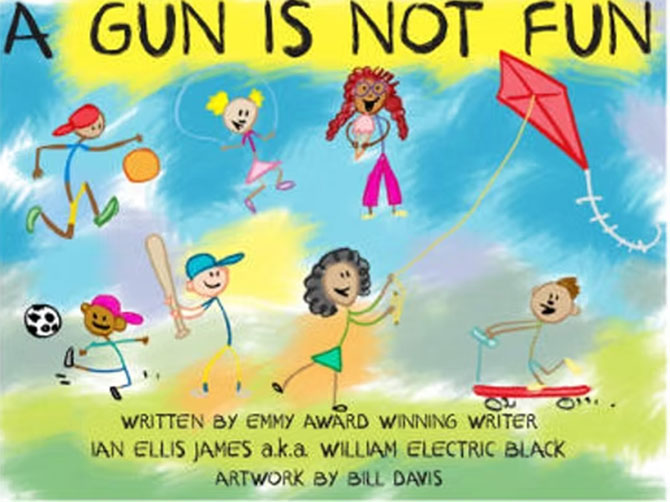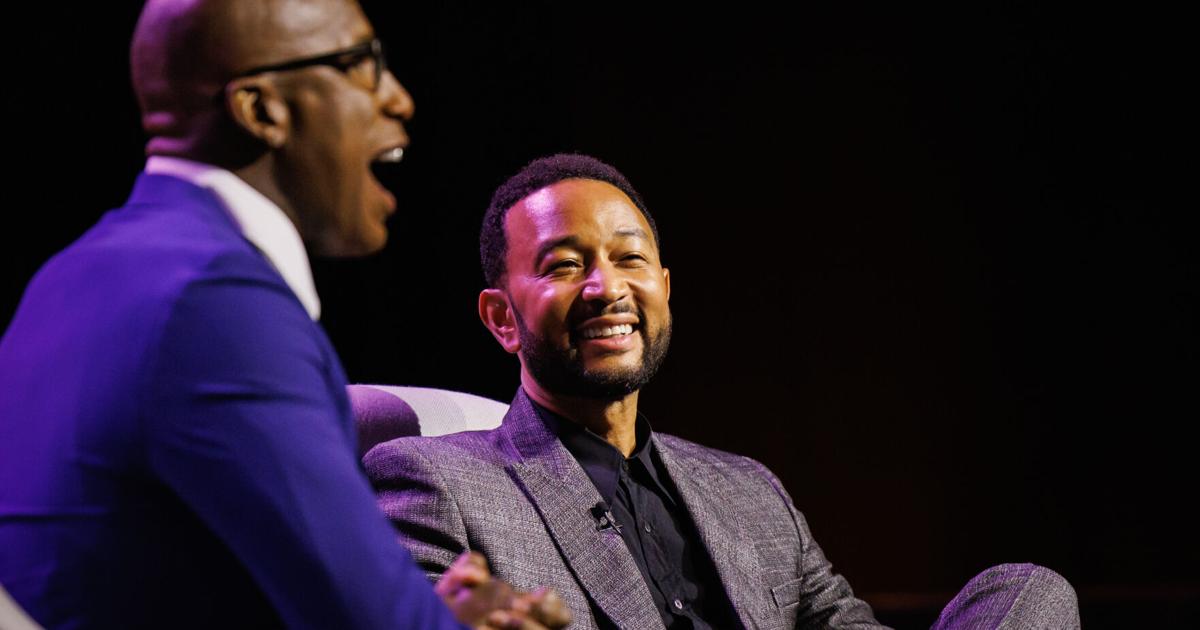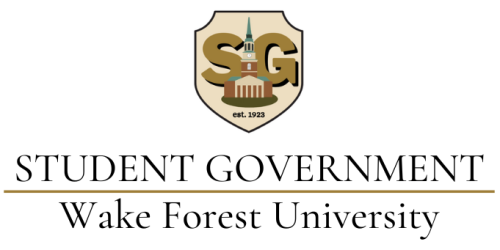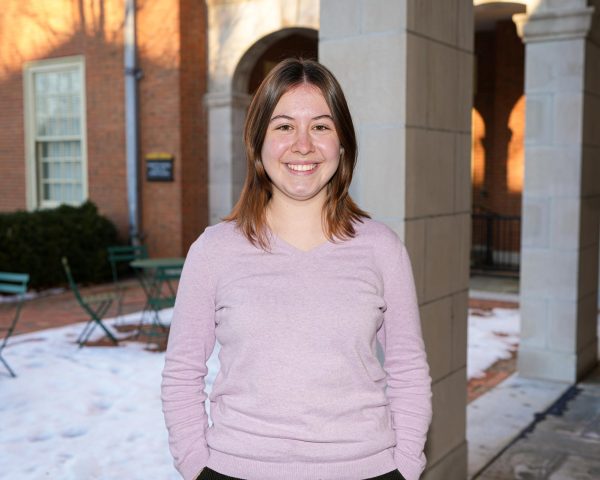Wake Forest held three events and created a survey for community members to provide feedback on proposed locations and concepts for a memorial dedicated to enslaved individuals who worked for or were sold for the benefit of the University.
During the feedback sessions, which were held in mid-October, representatives from the design firm Baskervill presented five general ideas inspired by previous community input. These possibilities include an open-air chapel on Hearn Plaza, an amphitheater on Manchester Plaza, a garden at Davis Field, a series of “threshold” frames throughout campus or a Toguna structure drawing from the Dogon architectural tradition in West Africa. The firm highlighted how each memorial concept could serve as a space for contemplation and gathering.
Students, alumni, faculty and staff had the opportunity to participate in a discussion of the proposed designs following each presentation. Over 75 individuals attended these community listening forums, according to Dr. José Villalba, who co-chairs the Campus Memorialization Steering Committee as Wake Forest’s vice president for diversity and inclusion and chief diversity officer.
“Our principal reflection from these presentations is that the campus needs to learn more about this process,” Dr. Villalba said. “The Steering Committee members, Provost [Michelle] Gillespie and I especially want to encourage students and colleagues to visit the website, review the presentation and then [complete a] survey … about the progress on the memorial to date.”
The feedback form will be open for responses until Nov. 20. University community members can share their thoughts on what they believe the strongest and weakest conceptual themes and zones are for the memorial.
Research on Wake Forest’s connection to slavery began in 2016. Since then, the university has made efforts to acknowledge its role in the chattel slavery economy by joining the intercollegiate Universities Studying Slavery consortium and promoting historical scholarship through the Slavery, Race and Memory Project. President Emeritus Nathan Hatch formally apologized for the school’s history of human exploitation and racism at the Founder’s Day Convocation in February 2020. Wake Forest began the process of creating a campus memorial remembering enslaved individuals in 2021.
According to the essay series “To Stand With and For Humanity,” Wake Forest itself never purchased or owned slaves, due to the institution’s financial instability in the period from its founding to the Civil War. However, the school regularly paid slaveowners, including Wake Forest faculty and administrators, to contract enslaved laborers for construction, agriculture and domestic work. Other slaveowners bequeathed enslaved people to Wake Forest in their wills. In 1860, the school sold 16 people and used the proceeds to finance the school’s first endowment.
Known names of enslaved adults exploited by the university include: Ellick, Harry, Charlotte, Johnson, Anderson, James, Lender, Mary, Sarah, Phillis, Mary, Lucey, Venus, Patience, Mary, George, Murphy, Ted, Amy, Rose, Martha, Lexy, Mary Sherwood, Aggy, Maranda, Mary, Harris, David, Virtn, Betty, Inez, Harvey, Tom, Venus, Chold, Mary, Emma, Lettice, Isaac, Jim, Lucy, Caroline, Pompie, Nancy, Harriet, Joseph, Harry, Ann, and Thomas. Several children were also exploited by the university.
Dr. Villalba noted that it is challenging to appropriately recognize the role these individuals played in the school’s founding and development, especially considering that Wake Forest is now located far away from its original campus in Wake County, N.C., where these people worked. . However, he expressed hope for what the memorial would signify in Wake Forest’s continuing reckoning with its past.
“This memorial is an opportunity to ground and center all Wake Foresters around their shared commitment to addressing challenging histories and realities, not by ignoring them but by facing them and interrogating them […],” Dr. Villalba said. “The memorial should elevate and expand our campus culture’s capacity and capability to engage with the memorial, amplify important stories and memories and convey how the past, present and future of Wake Forest will always be linked.”
















